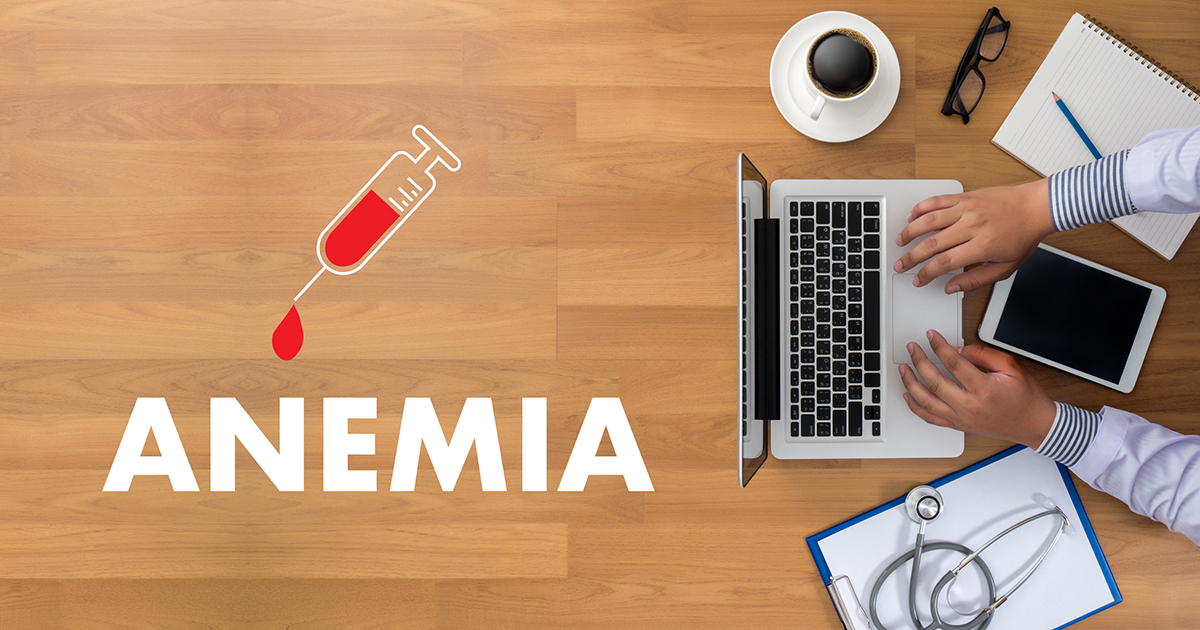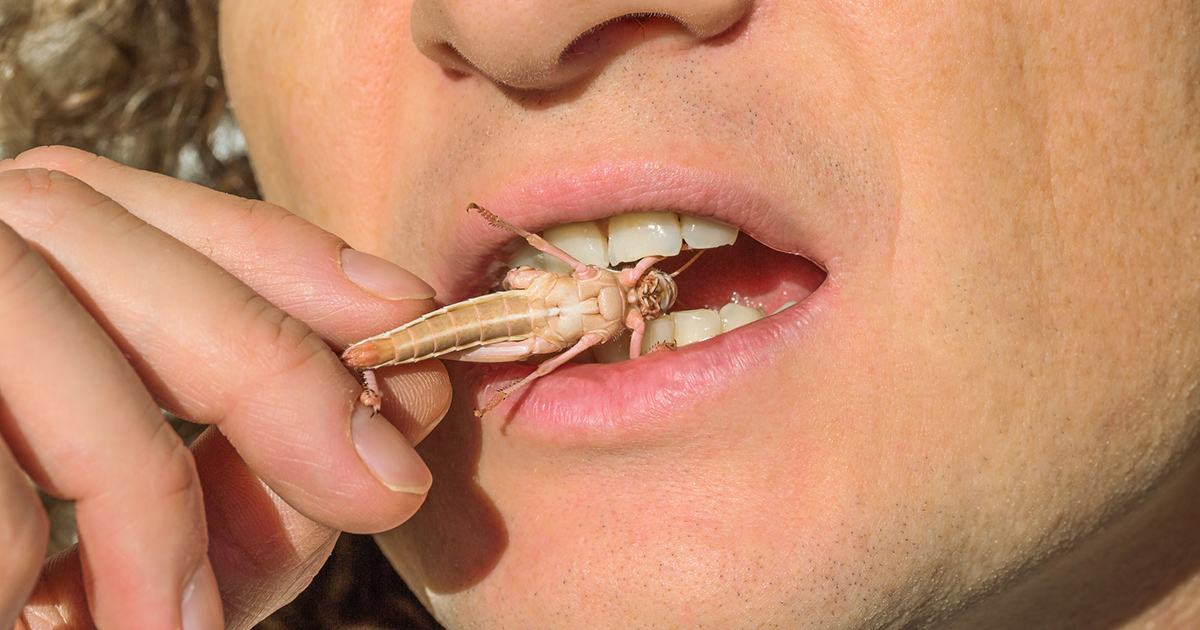How Bedbugs Can Lead To Anemia
Maintaining good health can be a complicated issue for some, with many factors that affect one's health both positively and negatively. Out of all the things that can hurt health, the place for sleeping and rest is not something that people expect to threaten them. Many critters can, under certain conditions, make themselves a home in our beds. While people typically take action to get rid of them fast, sometimes these bugs stay in the home for a long time. For the most part, they are not dangerous, but if not removed certain bed-lingering bugs can lead to lasting health complications.
Bedbugs

Bedbugs have been familiar to humans for thousands of years and are one of the more common parasites that settle in our homes. While these insects are not new, they are relatively unpopular in society due to the sanitizing of the modern world. However, their numbers have been increasing since 1995 due to the pesticide resistance they have developed and the government ban on highly toxic chemicals that fight them. Bedbugs feed solely on blood. They can endure a long time without meals. Bedbugs hide in the seams of mattresses, under sheets, in furniture and in any other cracks inside the home. They can be passed easily between people through various belongings.
What Is Anemia?

Anemia is a disease in which the amount of red blood cells or the hemoglobin in the blood is low. Hemoglobin carries oxygen to all the cells in the body. When it is not sufficient, the cells do not receive enough oxygen, and the body does not function properly. Symptoms of anemia include fatigue, weakness, shortness of breath, irregular heartbeat, pale or yellow skin, dizziness, and light-headedness. Other symptoms include low blood pressure, heart palpitations, chest pain, enlarged spleen, and yellowing of the eyes.
Culprit For Anemia

Bedbugs are carriers of many human diseases. Even so, they have never been found to transmit any diseases to their human hosts. People who have been infested by bedbugs have shown abnormally low iron in their blood samples with no signs of outward or inward bleeding. When the number of bedbugs in the home becomes out of control, the amount of blood they consume from its inhabitants raises to noticeable quantities. Several bites a night puts the body in a position where it cannot replenish the necessary blood supply. Those who already have a low-iron count are more prone to developing anemia after a bedbug infestation. This includes seniors, children, and people with a genetic predisposition to anemia.
How To Identify Bedbugs

Bedbugs are flat and reddish-brown when fed. They can be as small as 1mm and as big as 7mm. When they are fed, they can grow more than twice their size. They make their homes in cracks and small spaces and feed on blood at night when they are most active. Common places for bedbug nests include mattresses, sheets, furniture, and picture frames. Bedbugs are often found in hotels, nurseries, and other social homes where they can skip from one resident to another. The most common signs of the presence of bedbugs are their droppings - which are brown stains found on surfaces - as well as red welts on exposed skin in the morning.
Getting Rid Of Bedbugs

Before considering killing these imposters, the homeowner should review all the methods of treatment and whether they are legal or not. Non-chemical methods of treating the bugs are preferable. Heat treatment is one of the safest ways to get rid of bedbugs. Cold treatment is also useful as long as the temperature of the freezing agent is below zero degrees Fahrenheit, and as long as infected items should be left in the freezer for a minimum of four days. If pesticides are required, they should be used according to the directions. EPA-register on the pesticides is what should be looked for when buying a pesticide product. After completing the initial cleanup and control process, the apartment should be inspected for further evidence of bedbugs.
If there are further signs of bedbugs, the cleaning procedure should be repeated. If the first pesticide does not work, consider a new type of pesticide. Desiccants can be very useful in last-resort situations since insects cannot develop a resistance to them because they dry up the bug. One example of desiccant is diatomaceous earth; the non-food-grade version is more appropriate for a home cleaning since it is less dangerous when breathing it in than the food-grade version.
Protecting The Home From Bedbugs

Bedbugs are hitchhikers and can move from one site to another through furniture, clothing, and luggage. To prevent a bedbug infestation, furniture should be thoroughly checked for signs of an infestation. A protective cover over mattresses and couches could eliminate their hiding spots. Clutter should be reduced as much as possible, so the bedbugs do not make their nests inside of it. Vacuuming the entire home also helps to remove bedbugs. If possible, drying clothes on high heat in the dryer can also kill them. A portable heating chamber can be purchased to treat any items that could potentially be housing bedbugs.
Preventing And Treating Anemia

Adjustments to diet and lifestyle can help in the prevention and improvement of anemia. To prevent anemia, it is essential to eat an iron-rich diet, reduce tea and coffee intake, and take vitamin C supplements that help with iron absorption. Besides this, eating a high amount of B vitamin foods will also help utilize the iron in the body. Taking iron supplements can substitute the lack of iron-rich foods in the diet.
If a doctor discovers that their patient has anemia, they may recommend supplements to aid the body in catching up with daily iron requirements. For more severe cases of anemia, a higher dose of iron will be prescribed. The amount of iron supplemented into a diet should be monitored by a professional, as an iron overdose can be toxic. If fatigue, dizziness, and fainting persist after taking supplements, consult a doctor to schedule another blood test.
